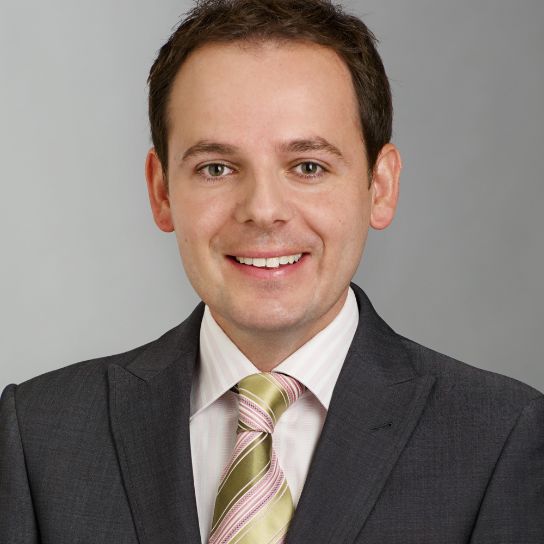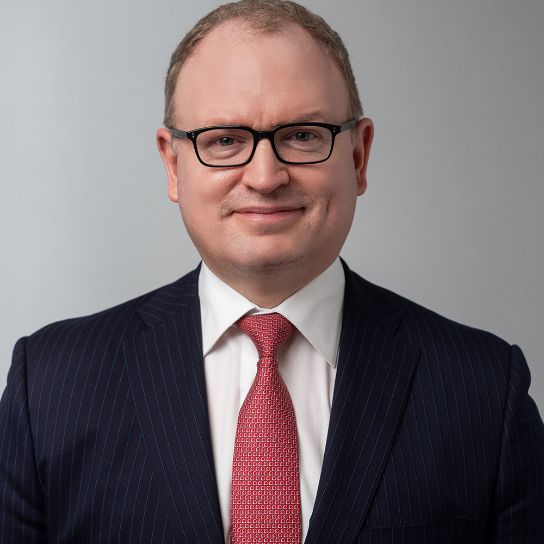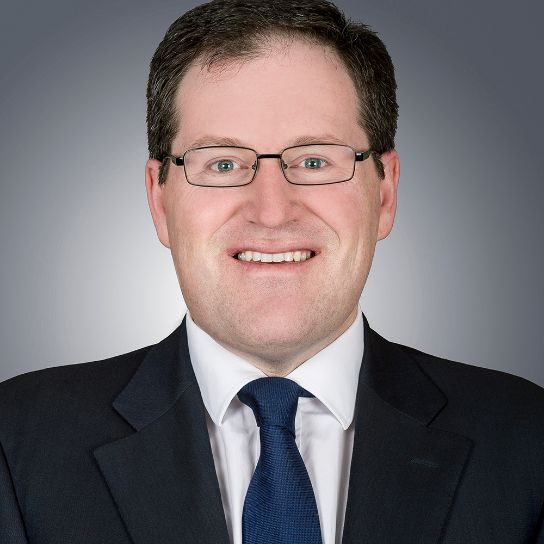The next 12 months will cement Australia as the second most active class action market in the world, behind only the US.
This is being driven by:
- new entrants in the litigation funding market – both local and international. In addition to the established funders in the Australian market, both domestic (for example, IMF Bentham and Hillcrest) as well as international (for example, International Litigation Funding Partners out of Singapore and Harbour Litigation Funding out of the UK), there has been an upswing in the number of relatively new entrants to the Australian market, including Galactic Litigation Partners, Vannin Capital and JustKapital Litigation. We have also seen the emergence of a new type of advisory service being offered to the Australian class action market by an entity known as Investor Claim Partner (ICP). ICP is not a litigation funder, but instead acts as an adviser to institutional shareholders to identify appropriate claims, negotiate terms with law firms and litigation funders and facilitate the book building process when potential claims are identified. It has been reported that ICP is currently providing advisory services to parties involved in actions against a range of companies;1
- the rise of a new generation of plaintiff law firms – both smaller entrants pursuing mid-sized claims and conventional firms ‘repurposing’ themselves as class action lawyers;
- an increasing appetite from funders and plaintiff law firms to pursue a wider variety and types of claims outside shareholder class actions, such as mass consumer claims, large scale product liability actions and claims arising from natural disasters and environmental issues. The increasing threat of speculative claims in relation to emerging areas of areas of risk – mobile phones; health effects of sugar and fast foods; and climate change litigation may crystallise in Australia on the back of enormous US cases; and
- continued focus from funders and plaintiff law firms on shareholder class actions in opportunistic sectors of the global economy, such as mining, which are experiencing slowdowns in growth following unprecedented expansion and profitability.
Profits rise
With Australia’s largest litigation funder averaging a 144% gross return on funds invested since its establishment, it is no surprise that other players in the global litigation funding market are out to grab a share of the market. The latest empirical data reveals that in the last 6 years, 50% of Part IVA actions were supported by funders, with almost 80% brought on behalf of investors and shareholders. To date, more than 90% of funded class actions have settled before judgement. We can therefore expect the success of the funding market to attract new litigation funders and law firms that will pursue ‘fringe’ class action claims in an attempt to gain market share and develop a profitable portfolio.
WA bracing for change
It is also just a matter of time before the Federal, Victoria, and New South Wales class action regimes are joined by state based class action procedures in Queensland – where legislation is before parliament – and Western Australia. In WA, the state’s Law Reform Commission has supported the idea of introducing legislation to make it easier for plaintiffs to file class actions within the state’s court system.
Costly court battles
Against this period of continued growth in funded class actions in Australia, the average length of cases has significantly increased over the last 24 years. The latest research has identified that the average length of settled cases brought in the Federal Court between 1992 to 2004 was 795 days. In the last 12 years the average length of these cases has significantly increased to more than 1,100 days. This increase will be of concern to all those who now face the prospect of class action risk looming over their day-to-day decisions.
The continued growth in class actions will also trigger greater scrutiny by the courts in settlement values, the fairness of the spread of money amongst group members, and the speed of distribution. Courts will also look to:
- regulate the profitability of litigation funders, including testing the power to vary funders’ commissions that may be regarded as too high; and
- seek greater transparency on the quantum of recovery by group members compared to litigation funders and plaintiffs’ lawyers.
Some checks and balances on foreign funders will also be necessary, but that will require legislative steps such as a minimum prudential requirement for foreign litigation funders.
What’s ahead?
As we approach the 25th anniversary of the introduction of the Federal class action regime, these are just some of the developments and issues that will help shape the class action landscape in this country. The landscape will also be impacted by the recent landmark decision by the Full Federal Court in respect of common funds (see our article: “Common Funds” in Australia – the Court has its say on litigation funding’). All these factors will ensure that class action litigation in this country continues to grab the interest of new litigation funders and law firms.
Endnotes
- Sally Rose, “Ex-IMF Bentham boss John Walker’s new firm ICP targets Shine Lawyers”, Australian Financial Review (22 September 2016). See also Investor Claim Partner Pty Ltd, Current Claims.
Key contacts

Ante Golem
Partner and Joint Global Head of Construction & Infrastructure Disputes, Perth
Legal Notice
The contents of this publication are for reference purposes only and may not be current as at the date of accessing this publication. They do not constitute legal advice and should not be relied upon as such. Specific legal advice about your specific circumstances should always be sought separately before taking any action based on this publication.
© Herbert Smith Freehills 2024


